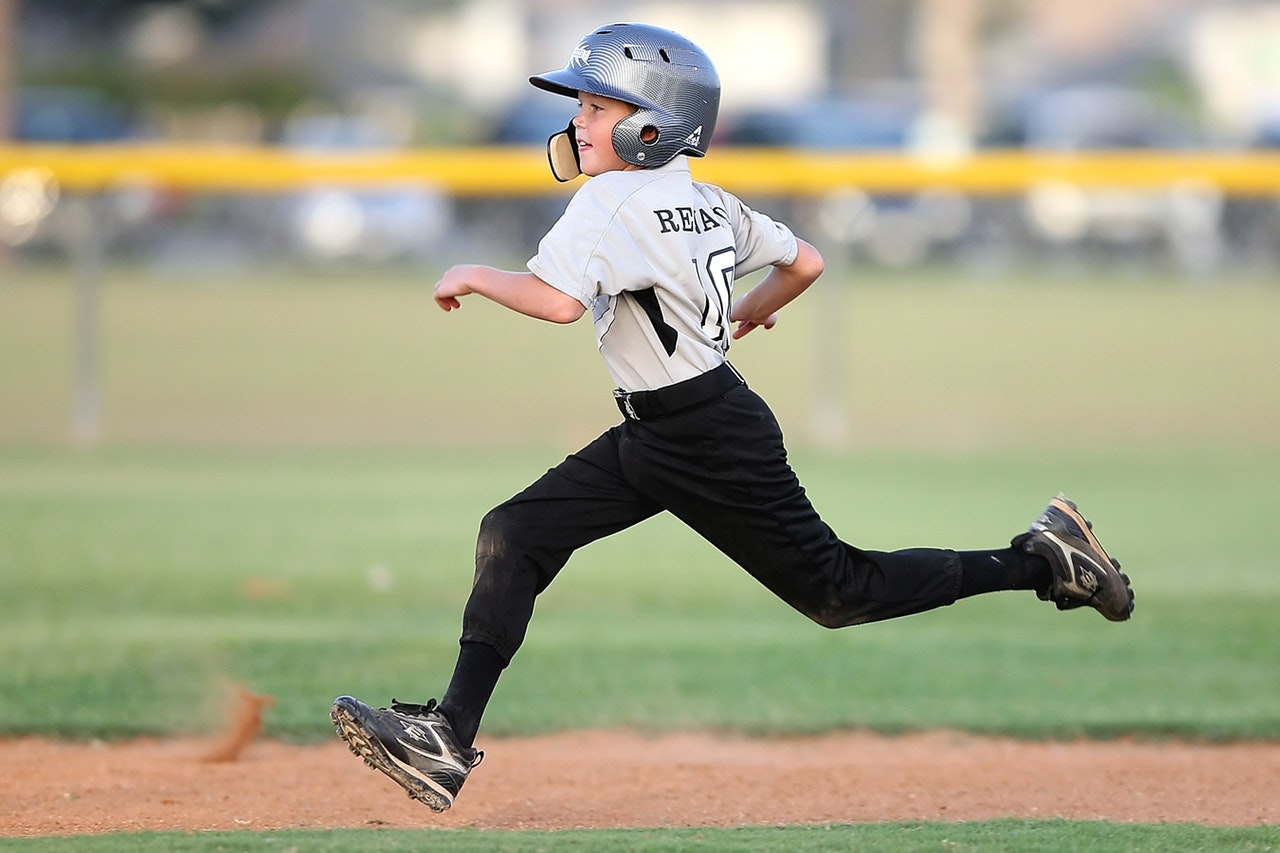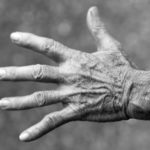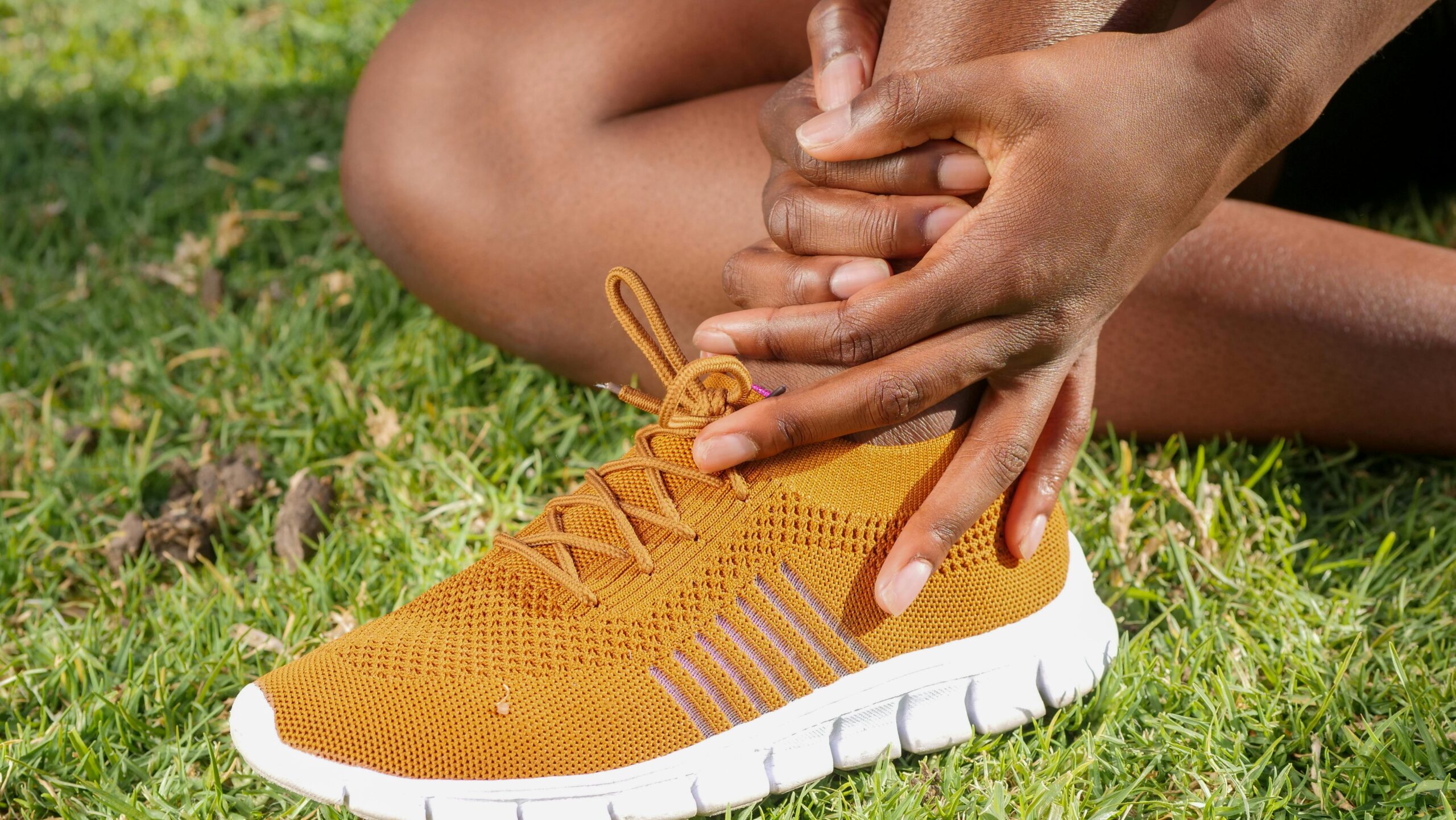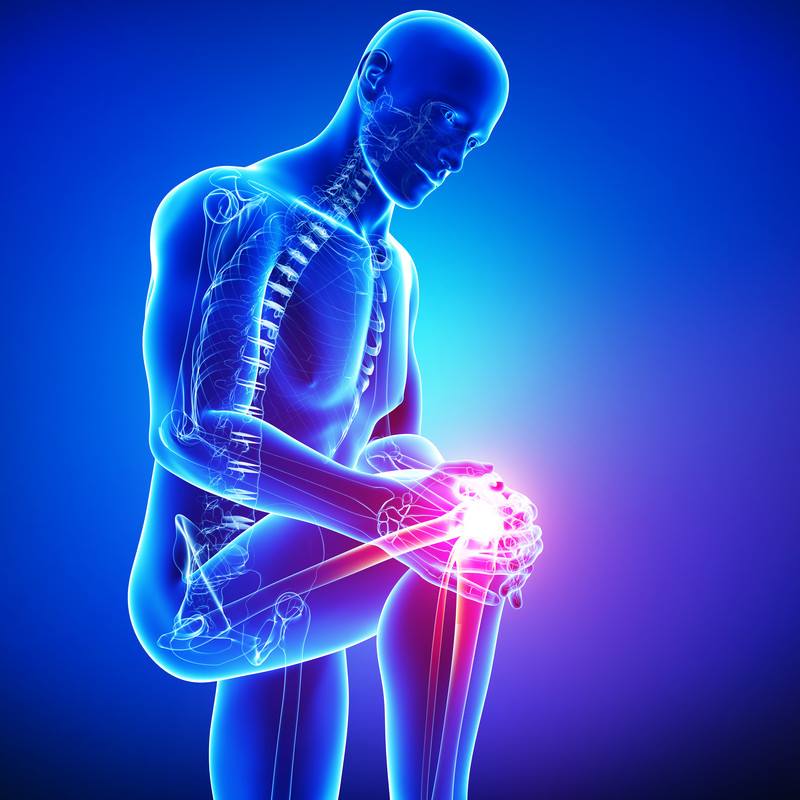
What are Growth Plate Injuries?
Growth plates are areas of growing tissues that enable the long bones in children and teens to continue to grow. When your child is finished growing, the growth plates close and are replaced by solid bone. Since this is the weakest part of the growing skeleton, injuries occur when a break or fracture develops near or at the end of a long bone.
Growth plate injuries usually happen at these areas:
- Bones of the legs
- Wrist
- Ankle
- Foot
- Hip bone
Who gets growth plate injuries?
Growth plate injuries happen to children and teens. This injury happens twice as frequently in boys as it does in girls.
What are the symptoms?
Your child or teen could have symptoms of a growth plate injury when he or she:
- Stops playing because of pain after a sudden injury
- Limits the amount of time playing because of an old injury
- Has changes in the way their arm or leg bends
- Cannot move an arm or leg because of pain
- Has pain that continues after an overuse injury
What causes these injuries?
These injuries happen for many reasons. Most occur after a sudden accident, such as falling or having a hard hit to the limb. The most common causes of growth plate injuries include:
- Falling down
- Competitive sports (like football)
- Recreational activities
Sometimes growth plate injuries happen when your child overuses a certain part of the body. Some examples:
- Gymnasts who practice for hours on the uneven bars
- Long-distance runners
- Baseball pitchers perfecting their curve balls
Other reasons for these types of injuries are:
- Child abuse
- Injury from extreme cold (for example, frostbite)
- Radiation used to treat certain cancers
- Medications (i.e. steroids)
- Neurological disorders that cause people to lose their balance and fall
- Some inherited disorders
- Bone infections
- Metabolic disease, such as kidney failure and hormone disorders
How are they identified?
Doctors test for plate injuries by examining the child, asking how the injury occurred and ordering x-rays. Sometimes the fracture may be hard to see. Your doctor may order other tests to look closely at area of the injury or pain, such as:
- CT scan — a special x-ray that helps to see the growth plate
- MRI — a test that uses magnetic energy to look inside the body
- Ultrasound — a test that uses sound waves to look inside the body
How are these injuries treated?
- Using a cast or splint to stop movement
- Setting the bones back in place with manipulation or surgery
- Exercises after the injury heals
- Long-term follow-up, which could include more x-rays
Who treats growth plate injuries?
An orthopedic surgeon treats most growth plate injuries. Your child may be referred to a pediatric orthopedic surgeon, a doctor who treats bone and joint problems in children.
Living with growth plate injuries
Most njuries get better and do not cause any lasting problems for your child or teen. Occasionally, the bone stops growing and ends up shorter than the other limb. For example, a fractured leg might end up shorter than the other leg. Or, if only part of the plate is injured, the limb can become crooked when only part of the bone keeps growing.
The Orthopedic Performance Institute sees patients ages two and up. If you believe your child has a growth plate injury, we can help.
Contact Orthopedic Performance Institute in San Antonio or Boerne for an appointment today.
Points to remember
- Injuries to the growth plate happen when a break or fracture occurs near or at the end of a long bone.
- Growth plate injuries happen to children and teens.
- Most injuries occur after a sudden accident, such as falling or having a hard hit to the limb.
- Doctor’s test for growth plate injuries by asking about the injury, examining your child, and ordering x-rays.
- Treatment may include using a cast or splint, setting the bones back in place, exercises, and long-term follow up.
- Most of these injuries get better and do not cause any lasting problems for your child or teen.

 Previous Post
Previous Post Next Post
Next Post




